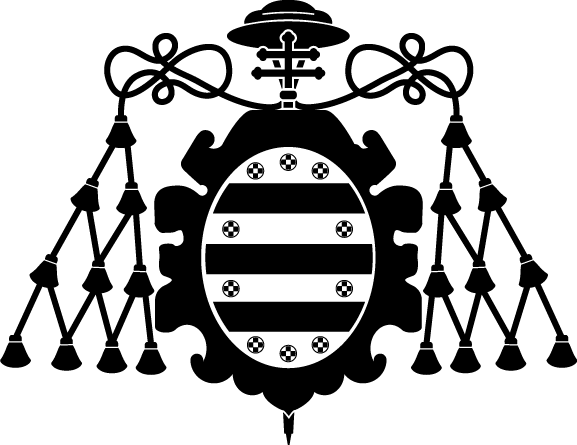Enantioselective determination of thyroxine enantiomers by ligand-exchange CE with UV absorbance and ICP-MS detection
Autor(es) y otros:
Palabra(s) clave:
Ce-Icp-Ms; Chiral Speciation; Enantioselective Ce; Ligand-Exchange; Thyroxine Enantiomers
Fecha de publicación:
Versión del editor:
Citación:
Descripción física:
Resumen:
A simple CE method has been developed for the separation and determination of thyroxine (T4) enantiomers in pharmaceutical formulations. The method was based on ligand-exchange mechanism using a Cu(II)/L-proline complex as chiral selector. The effects of different parameters affecting separation such as chiral selector concentration, organic additive, buffer pH and temperature were investigated. A baseline separation of the two enantiomers was obtained at a Cu(II)/L-proline ratio of 1:8 in a borate buffer (15 mmol/L, pH 9.6) containing 10% v/v acetonitrile. Under the optimized conditions, precision linearity range and detection limits of the developed enantioselective CE method were evaluated and compared using two different detection systems: conventional UV detection at 226 nm and iodine (127I)specific detection (“chiral speciation”) with ICP-MS. Both methodologies show adequate analytical performance characteristics with detection limits around 0.30 μg/mL for each enantiomer of T4. Finally, a levothroid pharmaceutical formulation sample was successfully analyzed using both developed methods CE-UV and CE-ICP-MS.
A simple CE method has been developed for the separation and determination of thyroxine (T4) enantiomers in pharmaceutical formulations. The method was based on ligand-exchange mechanism using a Cu(II)/L-proline complex as chiral selector. The effects of different parameters affecting separation such as chiral selector concentration, organic additive, buffer pH and temperature were investigated. A baseline separation of the two enantiomers was obtained at a Cu(II)/L-proline ratio of 1:8 in a borate buffer (15 mmol/L, pH 9.6) containing 10% v/v acetonitrile. Under the optimized conditions, precision linearity range and detection limits of the developed enantioselective CE method were evaluated and compared using two different detection systems: conventional UV detection at 226 nm and iodine (127I)specific detection (“chiral speciation”) with ICP-MS. Both methodologies show adequate analytical performance characteristics with detection limits around 0.30 μg/mL for each enantiomer of T4. Finally, a levothroid pharmaceutical formulation sample was successfully analyzed using both developed methods CE-UV and CE-ICP-MS.
ISSN:
Identificador local:
20090604
Colecciones
- Artículos [37534]


